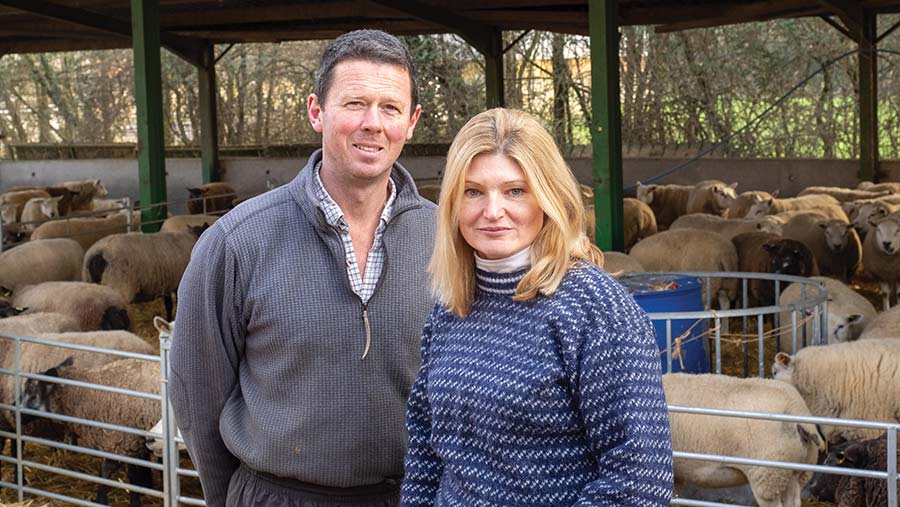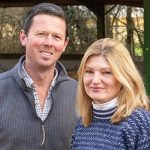Farmer Focus: Crows and heat give forage concerns
 © Kathy Horniblow
© Kathy Horniblow My children take the mickey out of my favourite saying “what we need is a plan”. And on from that “if a plan fails, make another plan”. I’m not sure what happens when you get to plan Z – but I’m getting there fast.
This month’s most used items have been the sheep shears and the topper.
See also: How to budget and allocate rotational grazing for ewes
Usually we go to the Bath and West show at the end of May for a couple of days’ relaxation, having finished shearing. But this year I didn’t get to the show, and we didn’t finish shearing until the end of June.
All the grass leys have put a seed head up in response to the dry conditions. Grass growth has now almost stopped, and the rotation has been compromised to move sheep onto a little fresh bite.
Topping off the seed heads has done little to encourage growth, but hopefully if it does rain before you read this, things might green up again.
The second cut grew to about 15cm and stopped – not the clamp-filler we needed. I am going to cut it now, then wean the lambs to take the pressure off the ewes.
I was hoping the extra few hectares of maize would fill the clamp, however, germination timing corresponded to the local crows fledging and they had great fun pulling up 5cm seedlings, wrecking about 10% of the crop.
The bizarre thing is that the maize was a month late going in due to the wet conditions and within six weeks the ground started cracking up again.
I was invited to judge the interbreed cattle competitions at Royal Three Counties Show on Sunday. This was my first big interbreed and a little imposter syndrome was felt.
Understanding that each breed is judged on breed standards is an important starting point, with all breeds in contention, not just your own.
I have always thought that the group class needs to be a group and not just a collection of animals, so a powerful group of two-year-old South Devons, which looked almost identical, were easy winners – in my opinion.

